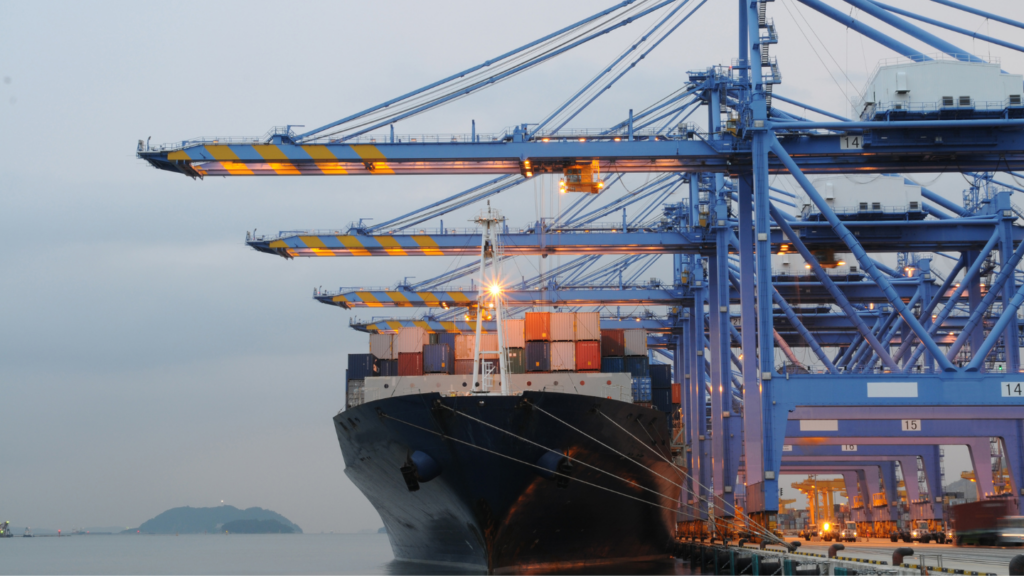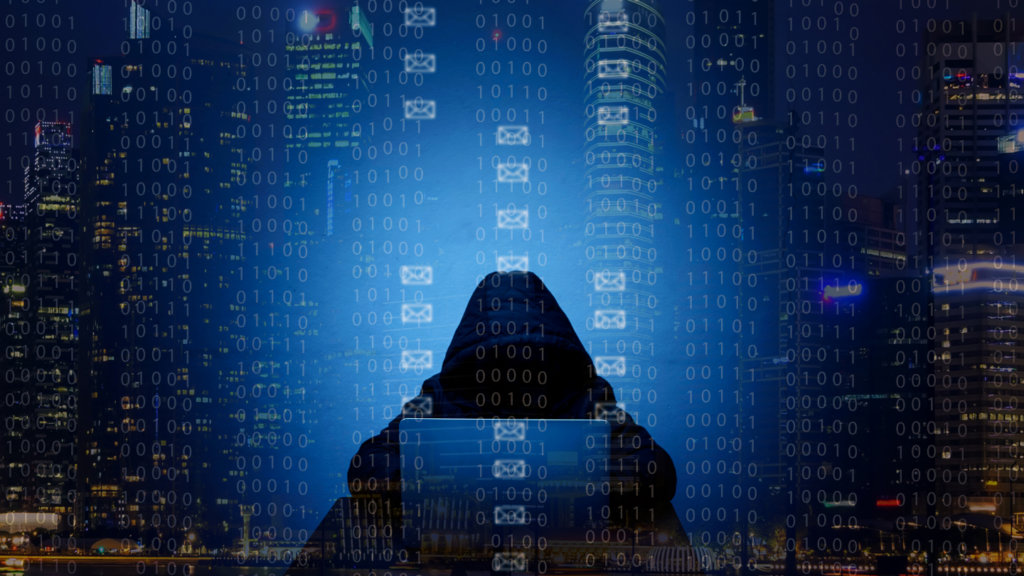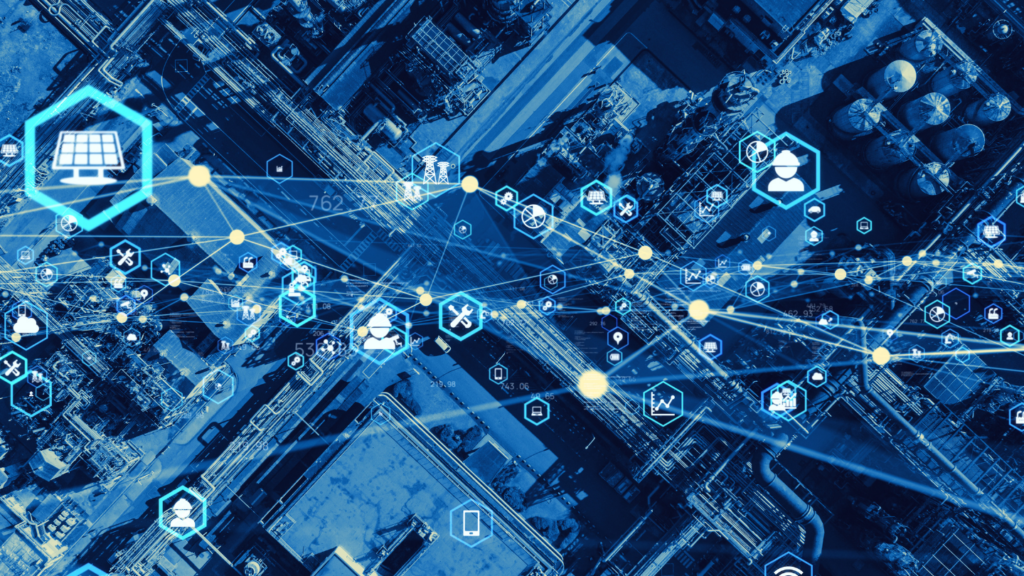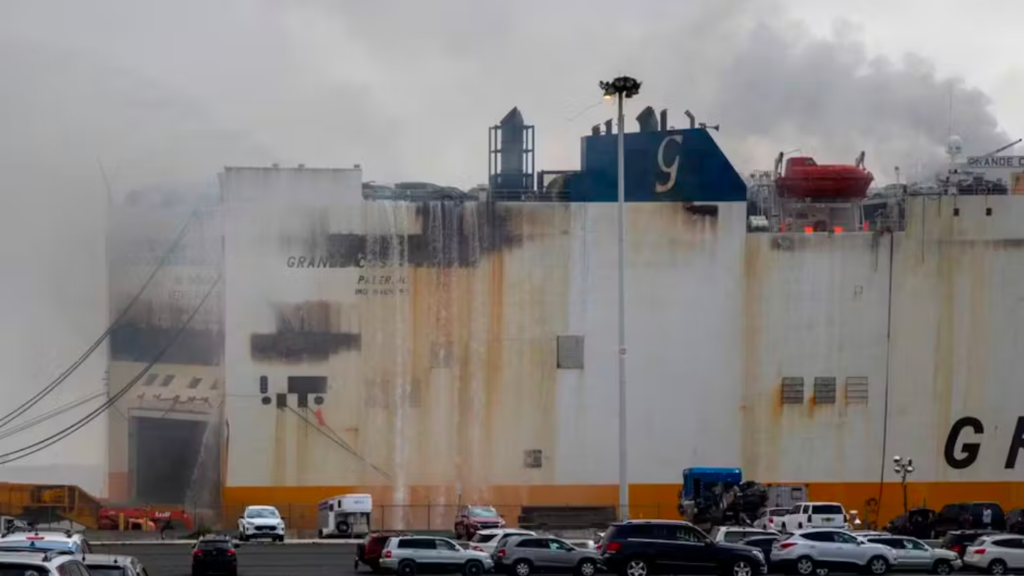Concerning Capacity Increases, Ransomware Attack, AI Effects and Newark Fire.
Your weekly All-Ways round-up of supply chain news.
Capacity Conundrum
Here’s something a bit confusing -
With nearly invisible peak seasons so far in 2023 and a weak projection for the rest of the year, the amount of new vessels being added for trans-pacific trade comes at an inopportune time.
Data released Wednesday by Sea-Intelligence Maritime Analysis indicated that there will be a 19.2% year-on-year increase in capacity for the trans-Pacific container fleet by the fourth week of August. By September 11, there will be a 25.2% year-on-year increase in ship supply. This growth is expected to last into 2024 totaling at 2.5 million TEUs in added capacity this year and 3.9 million TEUs next year.
But while capacity is growing in double digits, demand in the last few years has gone back to single-digit growth rates.
The Asia-Europe trade lane is expected to have an even bigger capacity increase of 40%.
“What is really concerning is that capacity is on track to grow as we approach the later stages of the presently invisible peak season,” stated Sea-Intelligence CEO Alan Murphy.
The poor capacity planning “will certainly result in a sharply worsening market balance, and likely continuing declines in freight rates, something which could lead to loss-making territory in the second half of 2023,” Murphy added. “But this can be avoided by tactical use of blank sailings.”
So unless there’s a sudden and unexpected cargo increase, ocean carriers will have to ensure that freight rates don’t fall further through canceled sailings and the like. Alternatively, ocean carriers can remove older ships from the trade lanes for maintenance and retrofits. This can be used as an opportune time to update ships to meet tightening environmental regulations.
Rising Cyberattacks
A Russian cyberattack by ransomware group Lockbit 3.0 has crippled Japan’s biggest maritime port. Cargo was disrupted and operators rushed to prevent more delays.
A container terminal at the Port of Nagoya in Aichi Prefecture suffered an outage due to ransomware, where hackers lock files or systems unless payment is made. Recently, double extortion tactics are being used where a ransom is demanded in exchange for the recovery of stolen data as well as withholding it from being made public.
With port automation on the rise, cybercriminals have been increasingly attacking shipping networks in Europe and Asia. At Portugal’s Port of Lisbon, hackers broke into the computer system last Christmas causing operational disruptions for days. India’s busiest container port, Jawaharlal Nehru Port Trust, was targeted last year. South Africa’s port and rail company suffered a ransomware attack that was linked by experts to groups in Eastern Europe and Russia.
Ransomware attacks usually target vulnerabilities in VPNs and remote desktop protocols.
“It's crucial for companies to update or patch software they use for their business operations,” said Mihoko Matsubara, NTT Corp.’s chief cybersecurity strategist
But it’s not only ports at risk. There has been a rise in cyberattacks in Japan in general. One of Totyota’s suppliers was forced to stop operations in 14 factories because of an attack.
AI in the Supply Chain
AI is all the rage these days but will it cause an outrage?
Like all technological advancements before it, AI will effectively change the face of every industry causing loss of traditional jobs and the creation of new ones.
Here are some ways in which AI will transform the supply chain -
- Predicting problem points in a supply chain before they go wrong to avoid disruptions
- Forecasting demand to have a more accurate projection of imports and exports needed
- Alerting when trucks need maintenance
- Planning out optimized routes for shipment of goods to avoid congestion in ports and on the road
- Improved reliability through real-time tracking so retailers can better plan their supply chains and manage their inventories
- Creating comprehensive summaries of a companies data will allow for better planning more easily
Will AI help optimize the overall supply chain?
Ship Ablaze
On Wednesday, a fire broke out on a ship at Port Newark carrying more than 1,200 new and used cars, vans, and other rolling equipment, as well as 157 containers. There were no hazardous materials or electric vehicles on the vessel.
It’s clear that the initial responders to the scene were not equipped with hoses wide enough to put out the flames. Later on, several FDNY fireboats were brought on to battle the blaze.
Nearby ships were moved out of the Newark channel.
The devastating fire was finally extinguished on Thursday, claiming the lives of 2 firemen and hospitalizing many others.
The cause of the fire is still unknown. The matter is being investigated by the U.S. Coast Guard, the National Transportation Safety Board, and state and local authorities.





